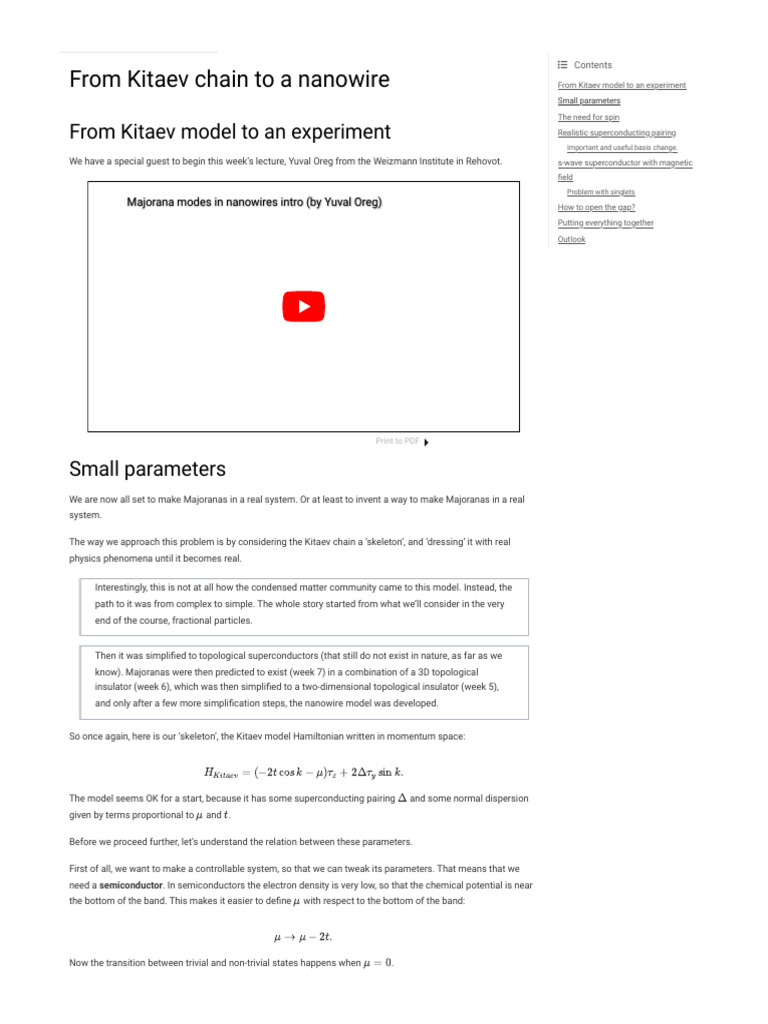Spin textures in condensed matter physics represent a vibrant synthesis of quantum mechanics and many-body interactions, showcasing an intricate interplay between spin states and spatial configurations. These phenomena are pivotal in efforts to understand topological phases of matter and the diverse range of magnetic ordering observed in systems like two-dimensional materials and nanostructures. This article delves into the multifaceted world of spin textures, detailing their types, formation mechanisms, and applications, thus providing a comprehensive landscape of this fascinating area of research.
Defining Spin Textures
Spin textures can be visualized as spatial arrangements of magnetic moments or spins within a material. Rather than existing in a uniform state, these spins can exhibit complex configurations—often referred to as “spin patterns”—which arise from both intrinsic properties of the particles involved and the inter-particle interactions. The resulting textures can drastically influence the material’s physical properties, such as its magnetic response, electrical conductivity, and even its topological characteristics.
Often, spin textures manifest themselves as continuous or discrete configurations. Continuous textures include spirals and hedgehogs, whereas discrete configurations manifest as skyrmions and merons. These fascinating structures offer tangible access to phenomena such as spintronics, where the manipulation of spin currents is exploited in advanced computing technologies.
Types of Spin Textures
Within the diverse classification of spin textures, several principal types stand out due to their unique properties and implications in condensed matter systems. These include:
- Skyrmions: These topologically protected configurations are characterized by a swirling arrangement of spins, resembling a vortex. Skyrmions exhibit remarkable stability against external perturbations and can be manipulated by relatively weak currents. This property underscores their potential use in next-generation memory devices, where information may be encoded in the position or orientation of skyrmions within a medium.
- Magnetic Merons: Like skyrmions, merons are also topological solitons. Their distinctive feature lies in their half-integer winding number, leading to semi-localized spin textures. Due to their inherent stability and the ease with which they can be created, merons have garnered interest for their application in nanoscale magnetic devices.
- Spin Spirals: In certain magnetic systems, spins can exhibit a helical arrangement, known as a spin spiral. This configuration is especially prevalent in antiferromagnetic materials, where adjacent spins align oppositely but still produce a coherent long-range order. The interplay of spin spirals with lattice vibrations can result in notable magnetoelectric effects, further expanding the functional capabilities of materials.
- Hedgehogs: These three-dimensional spin structures feature spins that point outward from a central point, akin to the spines of a hedgehog. Hedgehogs often appear in spherical geometries and have been linked to fascinating phenomena such as magnetic monopole-like excitations, which have significant implications in collective excitations and quantum fluctuations.
Formation Mechanisms
The genesis of spin textures is inherently associated with a variety of interactions within the condensed matter environment. These might include exchange interactions, Dzyaloshinskii-Moriya interactions, and dipolar interactions, all of which contribute to the spatial arrangement of spins. When thermal fluctuations are taken into account, the stabilization of intricate spin textures becomes a matter of competition between these various energy contributions.
Furthermore, external factors such as magnetic fields, strain, and electric currents play a vital role in the manipulation and stabilization of spin textures. The fabrication of heterostructures, where two or more materials are layered, has enabled biphasic interactions that facilitate the design of exotic spin textures purposely engineered for specific applications. Such advances open new avenues for realizing topologically distinct phases in engineered materials.
Implications and Applications
The study of spin textures holds profound implications for contemporary technology, particularly in the realm of spintronics. By exploiting the spin degree of freedom, devices can achieve functionality beyond conventional electronics—potentially leading to lower energy consumption and increased data processing capabilities. The scalability of skyrmions and merons provides a burgeoning frontier for non-volatile memory storage and high-speed logic devices. Moreover, their topological robustness positions them uniquely against external disturbances, ensuring data integrity even in challenging operational conditions.
Moreover, understanding spin textures can illuminate the dynamics of quantum computing, where entangled spin states and topological invariance may yield stable qubits resistant to decoherence. As researchers refine techniques for controlling these structures at ever-smaller scales, the practical realization of fault-tolerant quantum computation seems within reach.
Theoretical Frameworks and Future Directions
The theoretical exploration of spin textures is a rich tapestry woven from quantum field theories, gauge theories, and statistical mechanics. Numerical simulations, such as Monte Carlo methods and realistic material modeling, complement analytical approaches, enabling a deeper understanding of the stability and dynamics of spin textures in varied conditions.
Looking ahead, the challenge remains to realize robust, reproducible spin textures in real materials, harmonizing theoretical predictions with experimental findings. As the field progresses, interdisciplinary approaches leveraging materials science, condensed matter physics, and quantum information science are anticipated to yield innovative materials and devices at the intersection of multiple domains.
In summary, spin textures embody the complex beauty of condensed matter physics. Their study not only enhances our understanding of fundamental quantum phenomena but also unlocks transformative potential in technology. As research continues to evolve, the landscapes shaped by these quantum hairdos promise to redefine our interaction with the material world.








